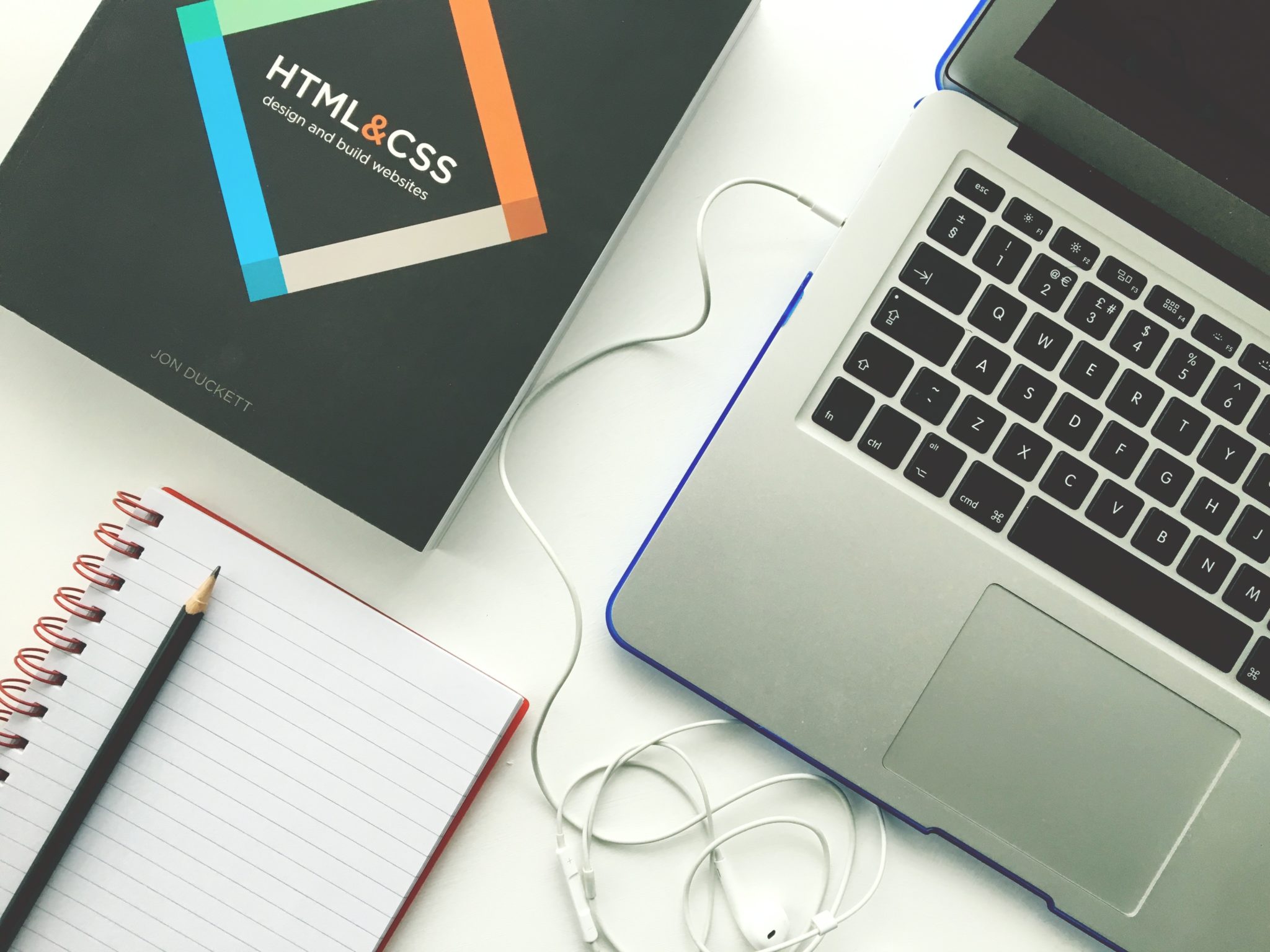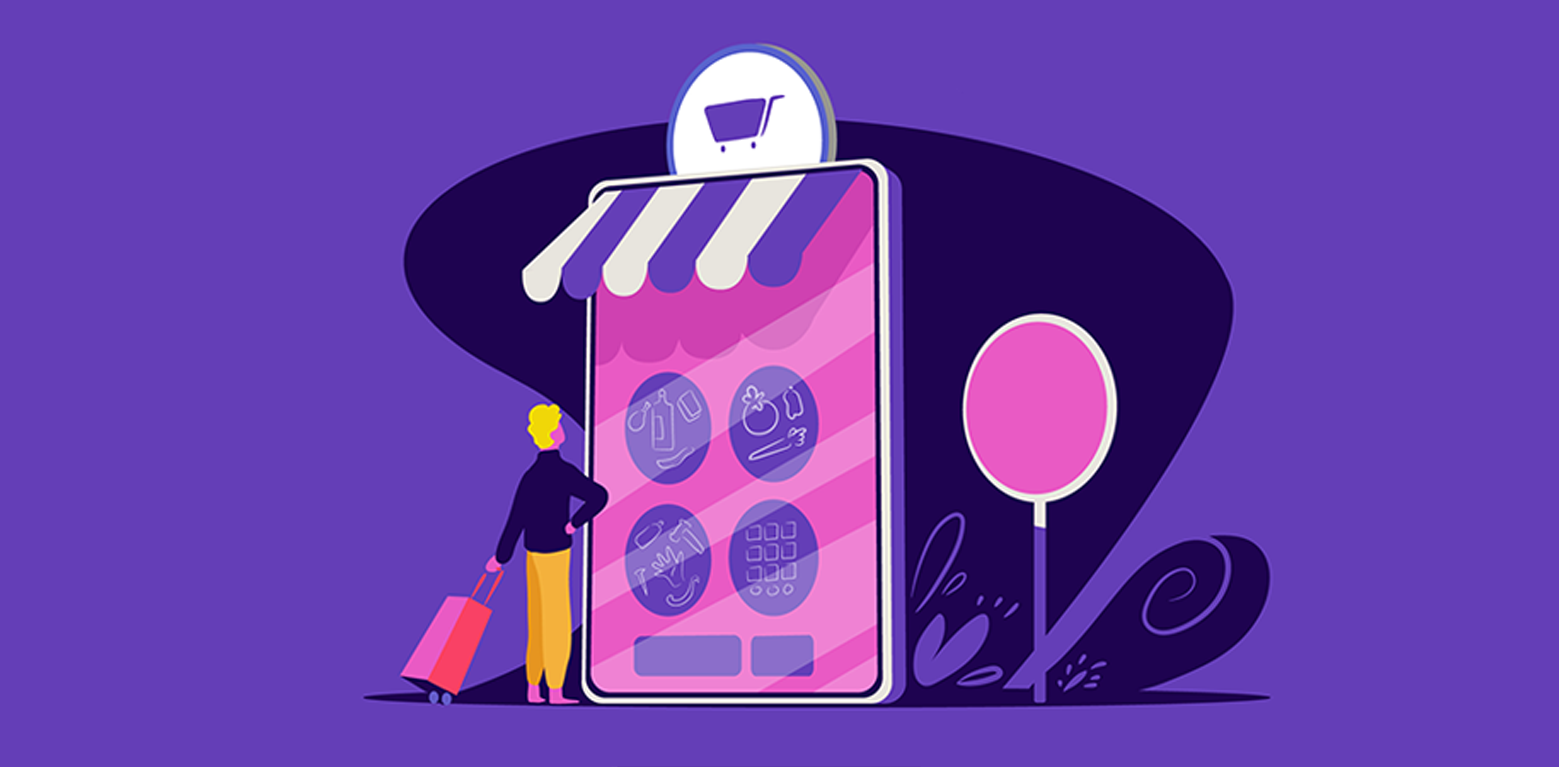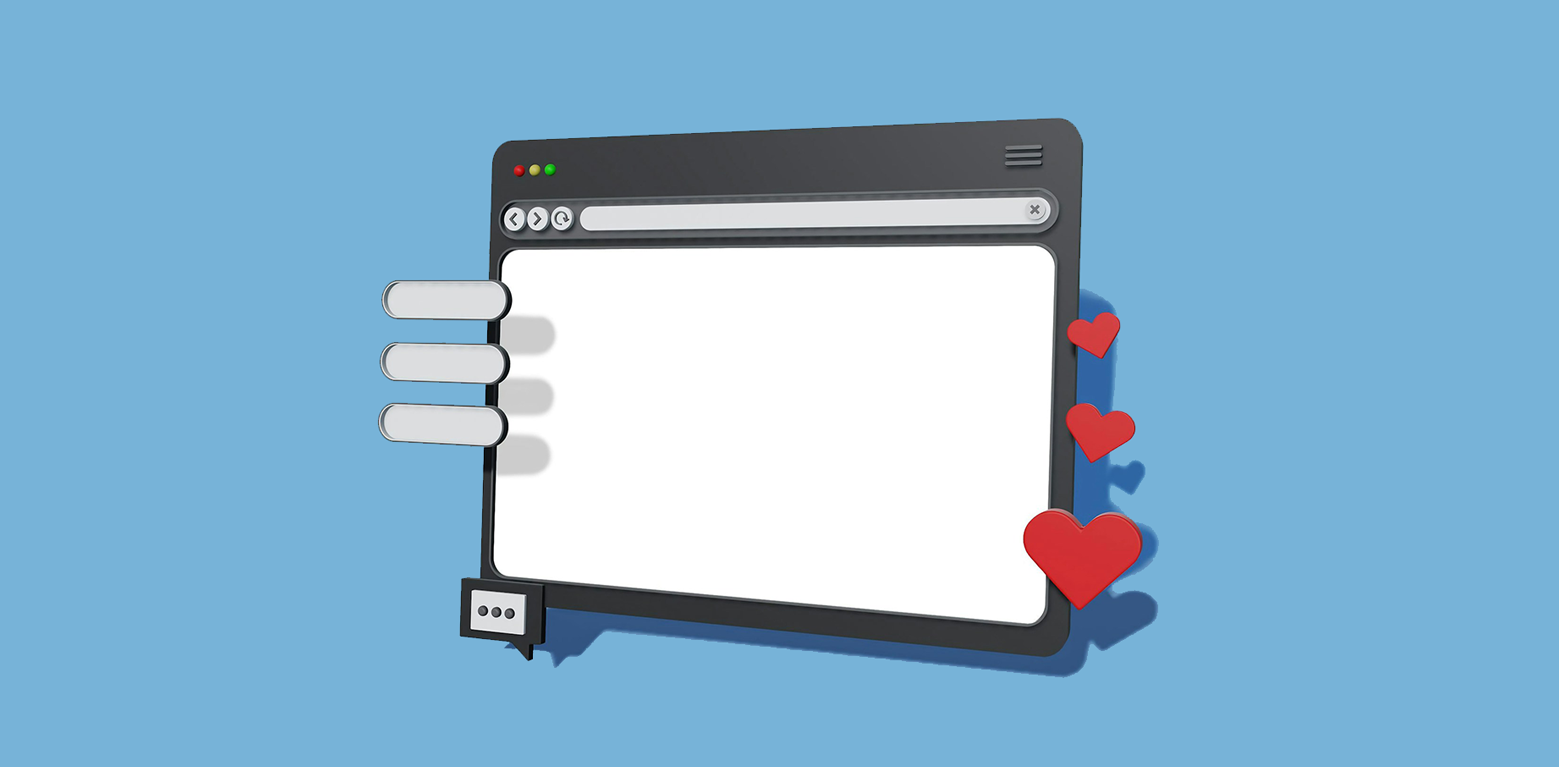If you are new to the tech industry or a veteran, you have more than likely heard the terms “UI” or “UX” design thrown around in various conversations. Usually, these two terms are used regarding website design and research and there is good reason for that. In the tech world, UI and UX design are important aspects that can decide the fate of a website.
To explain further, the acronym “UI” is shorthand “user interface design” while “UX” refers to “user experience design”. As stated earlier, both UI and UX design work closely together when producing a website or interface and is vital for said website or interface to succeed.
With all, the differences between UI and UX design are vast but can be hard to understand to non-experts of the field. This short article explains four important differences between UI and UX design to help you understand what these two terms specifically deal with and how you can utilize them for your own website.

UI is Presentation
As a principal component of graphic design, UI (user interface) focuses more on the presentation of the website, instead of the analytical details.
User interface design works closely with user experience design to create an optimal website that is both attractive to the visitors and easy to use. UI refers to the specific look of the website and how interactive it is to make an eye-catching and attractive website – much like the presentation of a physical product.
Think about it, more people will be hooked to a product that is both attractive and easy to use, especially if the entire buying process is streamlined to make it as easy as possible. UI design is that same process only transferred into the digital world.
UX is Analytical
User experience design (UX) on the other refers to more “behind-the-scenes” actions and is not visually presented on a website. UX focuses more on the analytical and technical aspects of graphic design and rarely deals with how the website is presented.
An expert in user experience design usually deals with actual research in hopes to create the most optimized website possible. To put it simply, UX is the process of lengthy research to find what users are most attentive to, what aspects draw them to a certain website, and how to make the website visible to a large audience.

UX Uses Hand-on Practices and Research
UX focuses on researching what is most appealing to the consumer and how they can effectively market a product to that audience. User interface designs can deal with finding and researching the best techniques to grab a visitor’s attention towards a website and how to integrate the research found into the marketing, branding, and presentation of the product or website.
User experience design is also concerned with creating websites that provide meaningful and relevant experiences to their users, through thoroughly thought out branding and marketing schemes. UX designers want to enhance the experience of the user interacting with the product to ensure they find value in the product your website provided.
UI Translates the Research into an Attractive Interface
Since UX deals with creating the most streamlined user experience through branding, marketing, and experience, user interface design builds off that. UI design compliments UX design by taking the research, its findings, and the detailed game plan and turns it into an interface that is visually attractive to the user.
UI designers focus on how the interface will interact with the consumer through animations, stylistic choices, and screen adaptations, to name a few. UI design also deals with key aspects of design that are often overlooked, such as user guides and other trouble shooting services.
Essentially, user interface design has a very important role towards product and website design: translating the branding of the product into an easy to use interface that is functional and attractive. As such, UI designers are responsible for implementing a layout that will walk the user through the website, ensuring that all the questions are answered, and all-important aspects are translated to the user.
Conclusion
In conclusion, the differences between user interface design (UI) and user experience design (UX) are vast, however you must remember that both professions work with the same goal in mind. The goal, creating an optimized product that is fully functional and attractive.
With this goal in mind, both UI and UX designers have very different tasks to reach their goal. While user experience designers use research and theories to create an optimized brand for their product, the user interface designers will translate the research of UX designers into an attractive, easy-to-use website that streamlines the user’s experience on the website.
Together, both UI and UX professionals are crucial to creating a successful product, website, or service.







